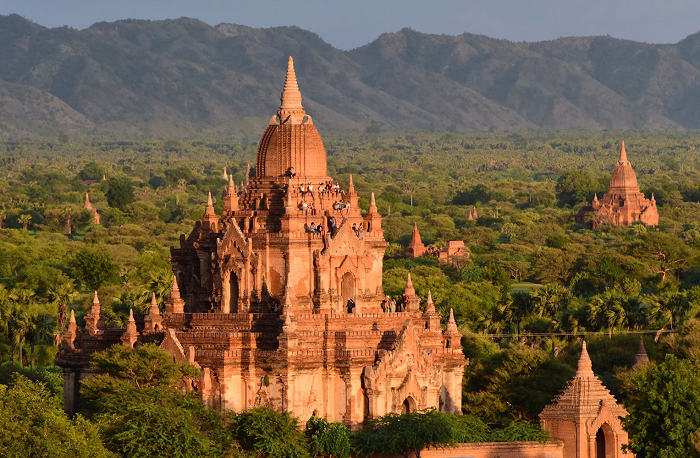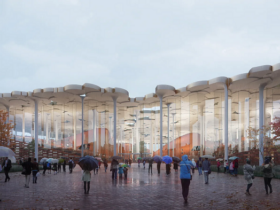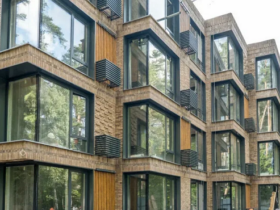Bagan, located on a bend of the Irrawaddy River in the central plain of Myanmar, is not without reason called the “City of a Thousand Temples” – there are over 10,000 religious buildings here on an area of more than 100 square kilometers.
Moreover, these are buildings of a wide variety of typologies: temples, stupas (pagodas), monasteries, etc. Despite the enormous historical value of these buildings, Bagan only became a UNESCO World Heritage Site in 2019. In our article we talk about what this is connected with, about the history of the city and its most significant buildings, as well as what modern Bagan is like…
These days, Bagan is no longer the capital of an influential empire. In fact, this is not even a city in the modern sense – there is only the Bagan airport and several small settlements around and inside the large-scale historical development, which is the main attraction of Bagan.
Founded in the 2nd century AD, the city reached its greatest prosperity in the 11th-13th centuries, when most of the religious buildings were built. This happened after King Anoratha made Theravarda Buddhism the state religion of Myanmar. He decided to establish a cultural Buddhist center of the country in Bagan. This served as a stimulus not only for cultural, but also for economic growth – people of various professions flocked to the city: masons, carpenters, laborers, accountants, craftsmen working with precious metals, etc. At that time, the population of Bagan reached 200,000 people. However, after the Mongol invasion in 1287, the city lost its former grandeur, its population decreased significantly, and it gradually became only a place of pilgrimage.
Due to time, weather conditions and several major earthquakes, many religious buildings began to crumble, and in the 1990s the Myanmar military government undertook a major restoration program to make Bagan a major international tourist destination. However, these works did not comply with UNESCO recommendations for the restoration of architectural monuments – inappropriate materials were used, little attention was paid to compliance with historical styles, etc. Only after the comments were addressed in 2019, Bagan was finally given the status of a UNESCO World Heritage Site.
Among the religious buildings of Bagan, three main groups can be distinguished: Buddhist temples – symmetrical buildings with four altars and Buddha statues oriented to each cardinal direction; hemispherical stupas (pagodas), inside which certain sacred relics are stored, and caves (gubyauzhi) – temple structures in the form of labyrinths, the walls of which are painted with frescoes. Brick and white stone were used as the main building materials. Some parts of the most significant buildings were covered with gold on top.
Of the numerous religious buildings in Bagan, the following can be highlighted. The largest religious building is the Damayanji Temple. Tourists can only view it from the outside, since the interior, walled up in the past, is still in that condition. In turn, the Ananda Temple, built back in 1091, is the best-preserved large-scale building in Bagan. According to legend, the exterior of the building recreates the decoration of a cave temple in the Himalayas, which the monks demonstrated to the king through meditative practices. And the highest in the “City of a Thousand Temples” is considered to be the Tatbyinnyu Temple, whose height is 66 meters.
From a religious point of view, the most significant building of Bagan is the Shwezigon Pagoda (Shwegadon), where, according to legend, the bone and tooth of Buddha are kept. It is a round stupa covered with gold leaf and surrounded by smaller temples and shrines.



